Spice & Soul: 7 Must-Try Brazilian Dishes That’ll Make You Samba with Flavor!
When it comes to Brazilian food and culture, there's a rhythm in every bite — a dance between spice, sweetness, and soul. Whether you're grilling on the churrasco or biting into a cheesy pão de queijo, Brazilian cuisine is a celebration of flavor, community, and heritage.
Table of Contents
- Introduction
- A Brief History of Brazilian Cuisine
- Top 7 Brazilian Dishes Every Spice Lover Should Know
- The Spice Cabinet of Brazil
- Buying Guide: Authentic Brazilian Spices and Ingredients
- Tips for Cooking Brazilian Food at Home
- Beyond the Plate: Brazilian Culture Through Food
- Conclusion
Introduction
If you've ever found yourself craving bold flavors that are both familiar and excitingly new, then Brazilian food might just be your next obsession. With roots in indigenous tribes, African traditions, European colonization, and immigrant influences from Japan, Lebanon, and beyond, Brazilian cuisine tells a story as rich and layered as its famous black bean stew — feijoada.

A Brief History of Brazilian Cuisine
Brazil’s culinary landscape began long before Portuguese explorers arrived in 1500. Indigenous peoples like the Tupi-Guarani used cassava, corn, and tropical fruits as staples. Then came African slaves who brought okra, palm oil, and fiery peppers. The Portuguese introduced pork, wheat, and dairy, while waves of immigrants from Italy, Germany, Japan, and Syria added their own flair.
Today, each region of Brazil has its own signature flavors:
- Northeast: Known for spicy, coconut-based dishes and seafood.
- Southeast: Home of feijoada and pão de queijo.
- South: Famous for barbecue culture and chimarrão (a traditional yerba mate).
Top 7 Brazilian Dishes Every Spice Lover Should Know
Ready to dive into some serious flavor? Here are 7 must-try Brazilian dishes that blend history, heat, and heart:
| Dish | Main Ingredients | Spice Level | Best For |
|---|---|---|---|
| Feijoada | Black beans, pork, collard greens | Mild | Hearty meals, family gatherings |
| Pão de Queijo | Cassava flour, cheese | None | Snacks, breakfast |
| Acarajé | Black-eyed peas, shrimp, palm oil | Medium-High | Street food lovers, veggie options |
| Vatapá | Bread, shrimp, coconut, peanuts | Mild | Seafood fans, creamy textures |
| Mocotó | Ox tripe, tomatoes, chili | Medium | Adventurous eaters |
| Brigadeiro | Condensed milk, chocolate, cocoa powder | None | Dessert lovers |
| Moqueca | Coconut, fish, tomatoes, coriander | Medium | Seafood feasts, aromatic meals |
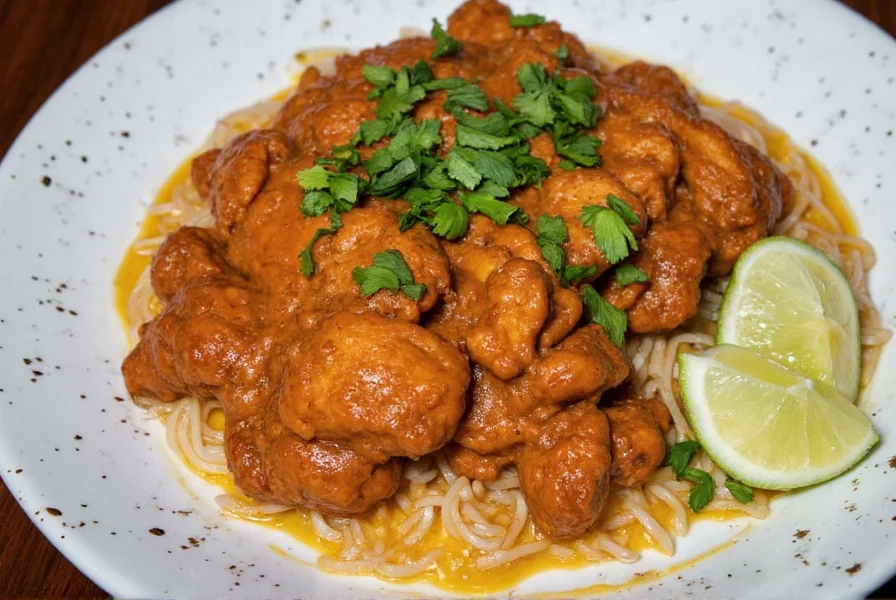
Feijoada – The Heart of Brazilian Comfort Food
Feijoada isn’t just a dish; it’s an event. A slow-cooked stew of black beans and pork cuts, it’s often enjoyed on weekends with rice, couve (collard greens), farofa (toasted cassava flour), and orange slices to cut through the richness.
Pão de Queijo – Cheesy Perfection in Bite-Sized Bites
These little cheese breads are gluten-free thanks to cassava flour and packed with gooey cheese inside. They’re perfect for breakfast, snacks, or any time you need a flavor pick-me-up.

The Spice Cabinet of Brazil
While Brazilian cuisine doesn’t rely heavily on exotic spices like Indian or Thai cooking, it uses herbs, oils, and heat strategically to build depth and aroma.
Key Flavors & Ingredients
- Cilantro (Coentro) – Used generously in stews and seafood dishes like moqueca.
- Bay Leaf (Louro) – Essential in feijoada and other slow-cooked dishes.
- Chili Peppers (Dedinho de Moça) – Adds moderate heat to soups and sauces.
- Onion & Garlic – The base of nearly every savory dish.
- Palm Oil (Azeite de Dendê) – A defining ingredient in Bahia-style dishes, giving a golden hue and nutty flavor.
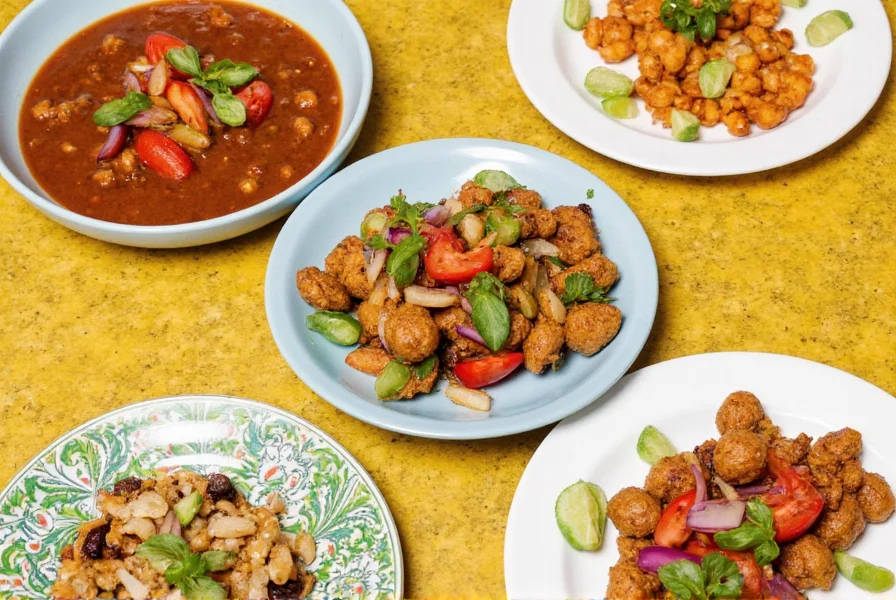
Buying Guide: Authentic Brazilian Spices and Ingredients
Want to bring the taste of Brazil into your home kitchen? Here’s what to look for and how to use them effectively.
| Ingredient | Description | Features | Best Use | Recommended Brand |
|---|---|---|---|---|
| Palm Oil (Azeite de Dendê) | Deep red oil made from palm fruit | Rich, smoky flavor, high in carotenoids | Acarajé, moqueca, Afro-Brazilian dishes | Refinaria Palma |
| Cassava Flour | Gluten-free flour made from yuca root | Neutral flavor, crisp texture | Pão de queijo, farofa | Kellogg’s Cassava Blend |
| Dedinho de Moça Chili | Small, hot yellow chili pepper | Scoville rating: ~30,000–50,000 | Hot sauces, marinades | Mundo Verde Organic |
| Fresh Cilantro | Aromatic herb with citrusy notes | Loses flavor quickly when dried | Garnish, fresh salsas, stews | Fresh from local markets or grow your own |
| Polvilho Azedo | Sour cassava starch used in pão de queijo | Creates chewy, airy texture | Traditional pão de queijo recipes | Yoki or Dona Benta |
Tips for Cooking Brazilian Food at Home
Whether you’re hosting a weekend feijoada feast or experimenting with street foods like pastel, here are some tips to help you nail the flavor and feel of authentic Brazilian cooking.
- Use Fresh Herbs – Especially cilantro and parsley, which are crucial for dishes like moqueca.
- Layer Your Flavors – Start with onions and garlic, add herbs and meat, finish with acidity like lime or orange.
- Slow Cook Proteins – Feijoada and mocotó benefit from long, low cooking times.
- Add Texture with Farofa – Toast cassava flour in butter or oil for a crunchy finish.
- Embrace Palm Oil – It’s optional but adds authenticity to northeastern dishes.
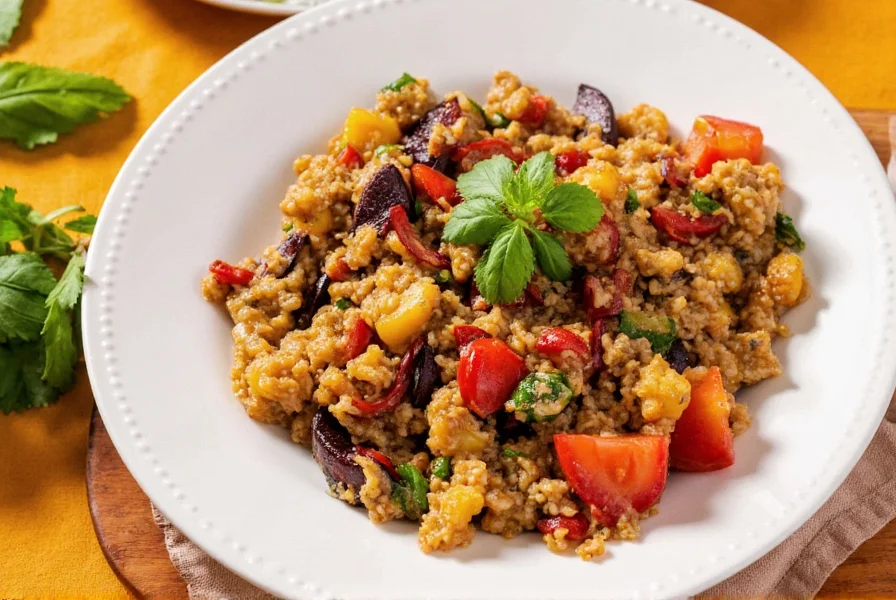
Beyond the Plate: Brazilian Culture Through Food
Brazilian food isn’t just about eating — it’s a full sensory experience. Music, dance, and laughter accompany meals, especially during festivals like Carnaval or Sunday churrasco cookouts. Food reflects Brazil’s love for life and community.
- Churrasco – Brazilian barbecue is all-you-can-eat meat carved tableside by gaucho chefs.
- Quilombo Communities – Afro-Brazilian groups preserve ancestral recipes using okra, black-eyed peas, and chili.
- Indigenous Influence – Cassava, manioc, and wild meats remain staples in Amazonian regions.
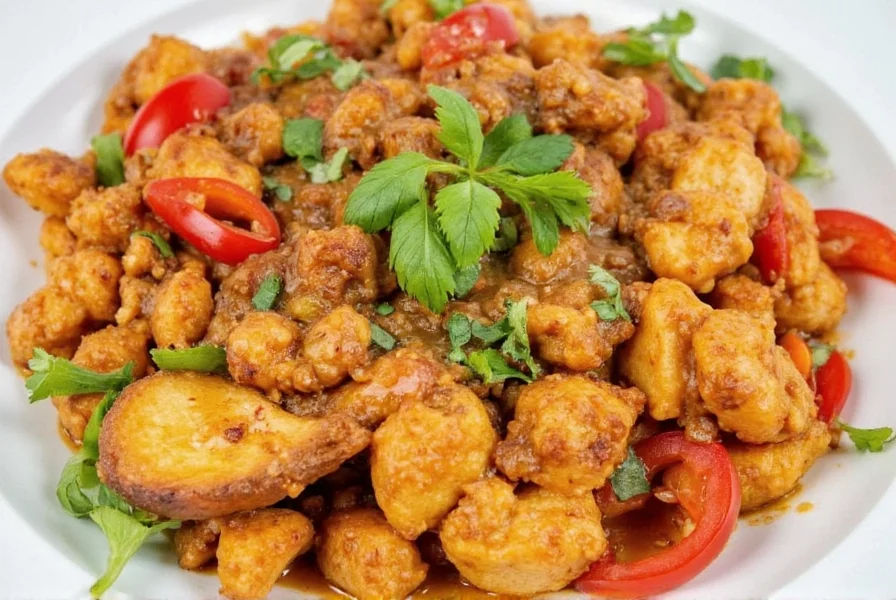
Conclusion
Brazilian food and culture offer a vibrant tapestry of flavor, tradition, and warmth. From the tangy zing of dendê to the comfort of pão de queijo, every bite is a celebration of heritage and hospitality. Whether you're diving into a simmering pot of feijoada or dancing barefoot in the kitchen while making brigadeiros, you're not just cooking — you're living the spirit of Brazil.
So why wait? Grab your spice rack, roll up your sleeves, and let your taste buds samba with joy!

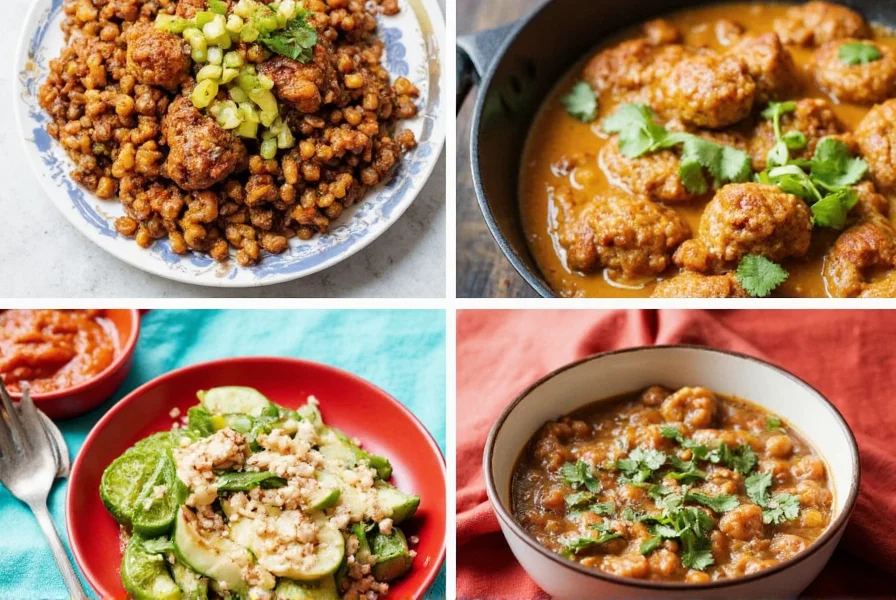









 浙公网安备
33010002000092号
浙公网安备
33010002000092号 浙B2-20120091-4
浙B2-20120091-4